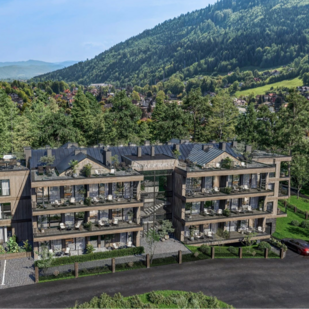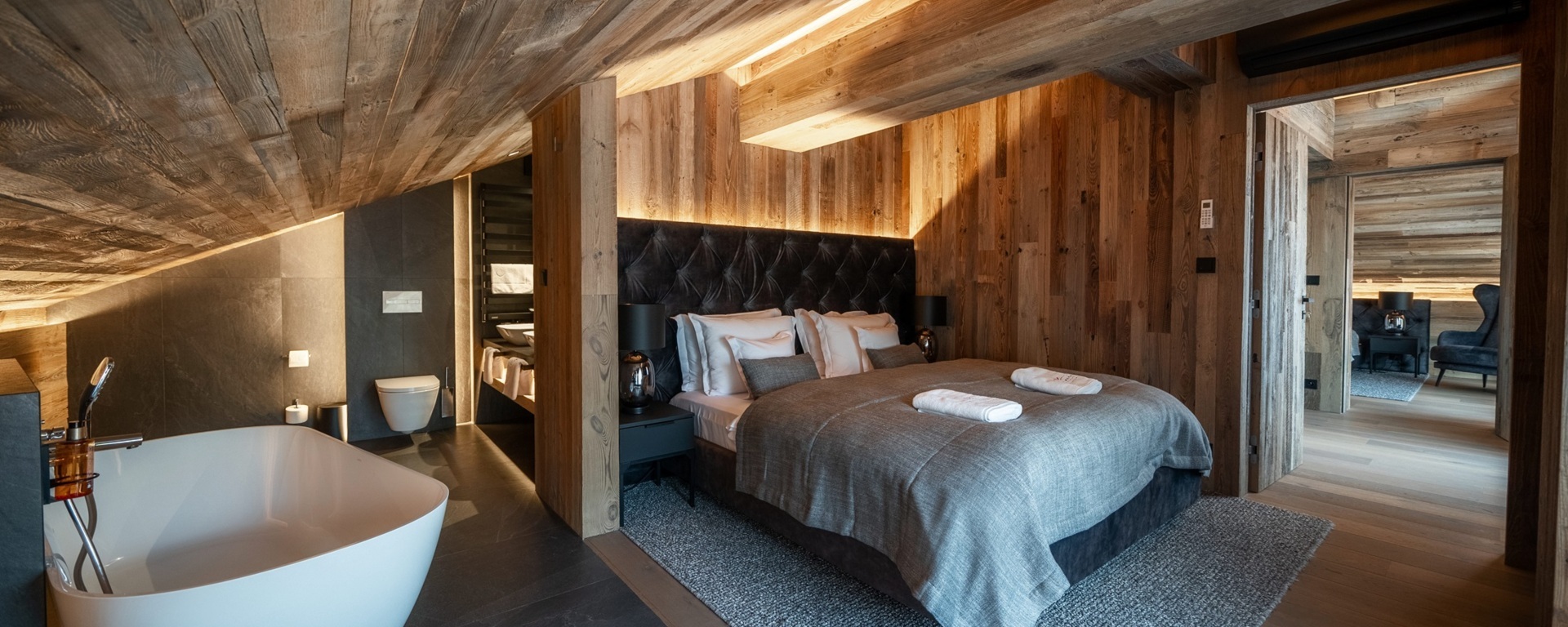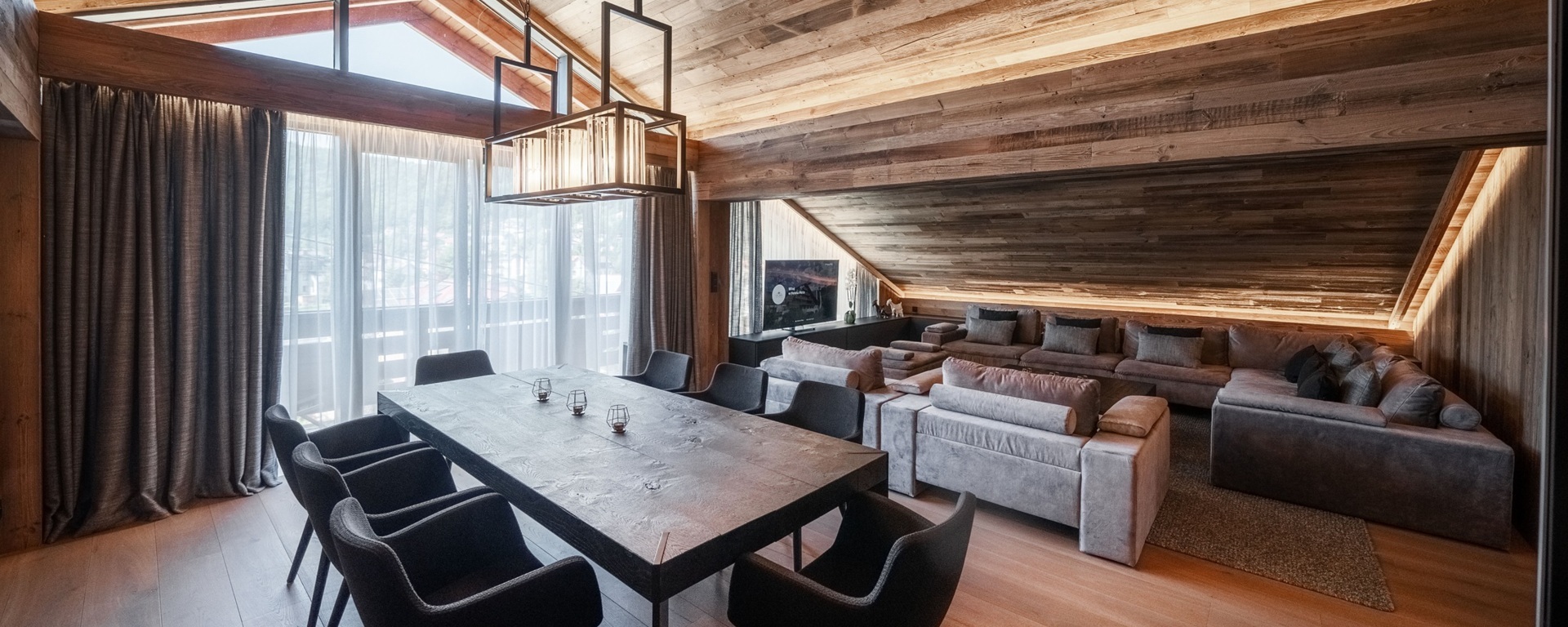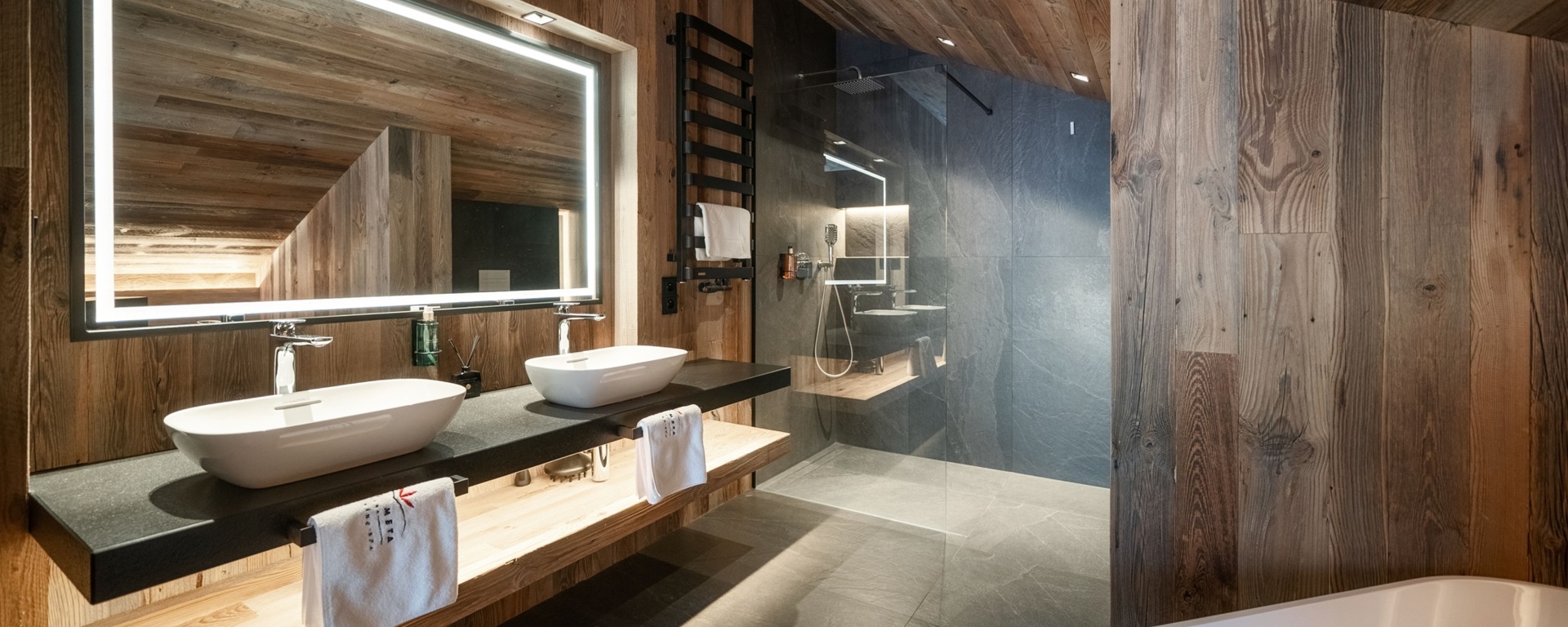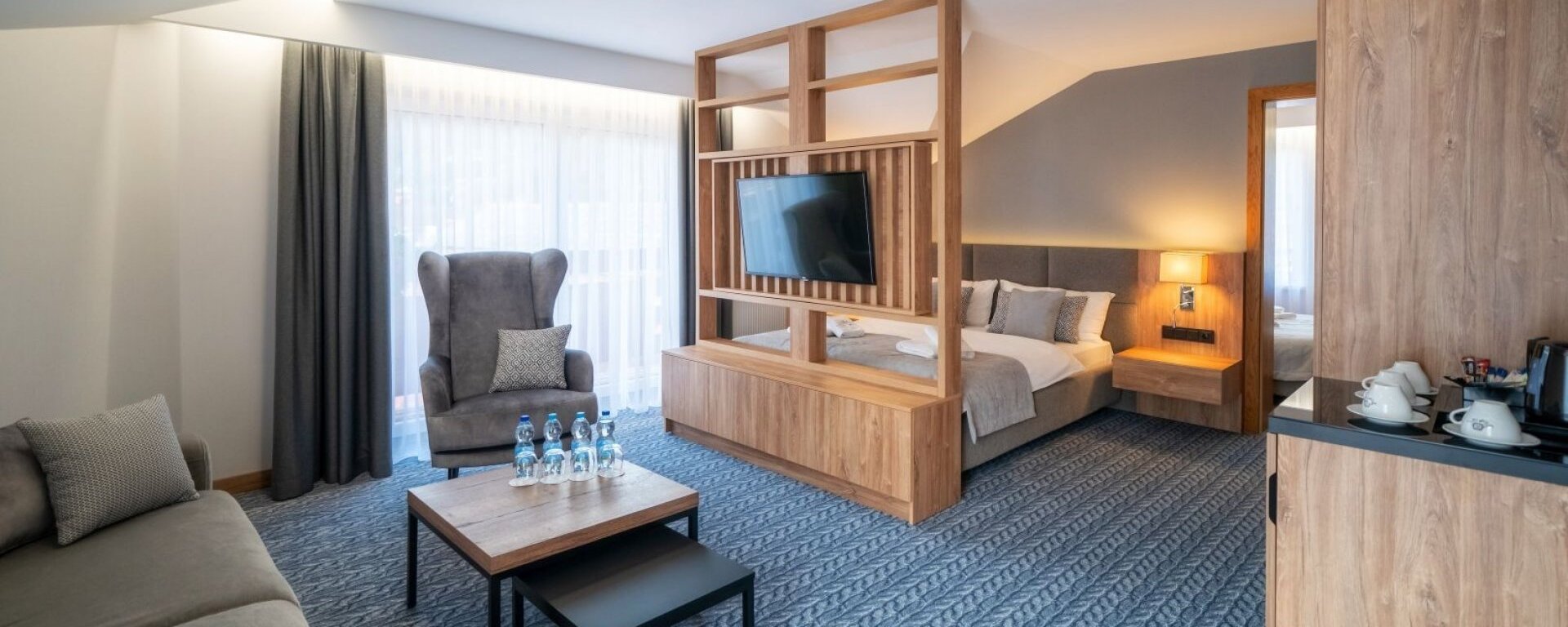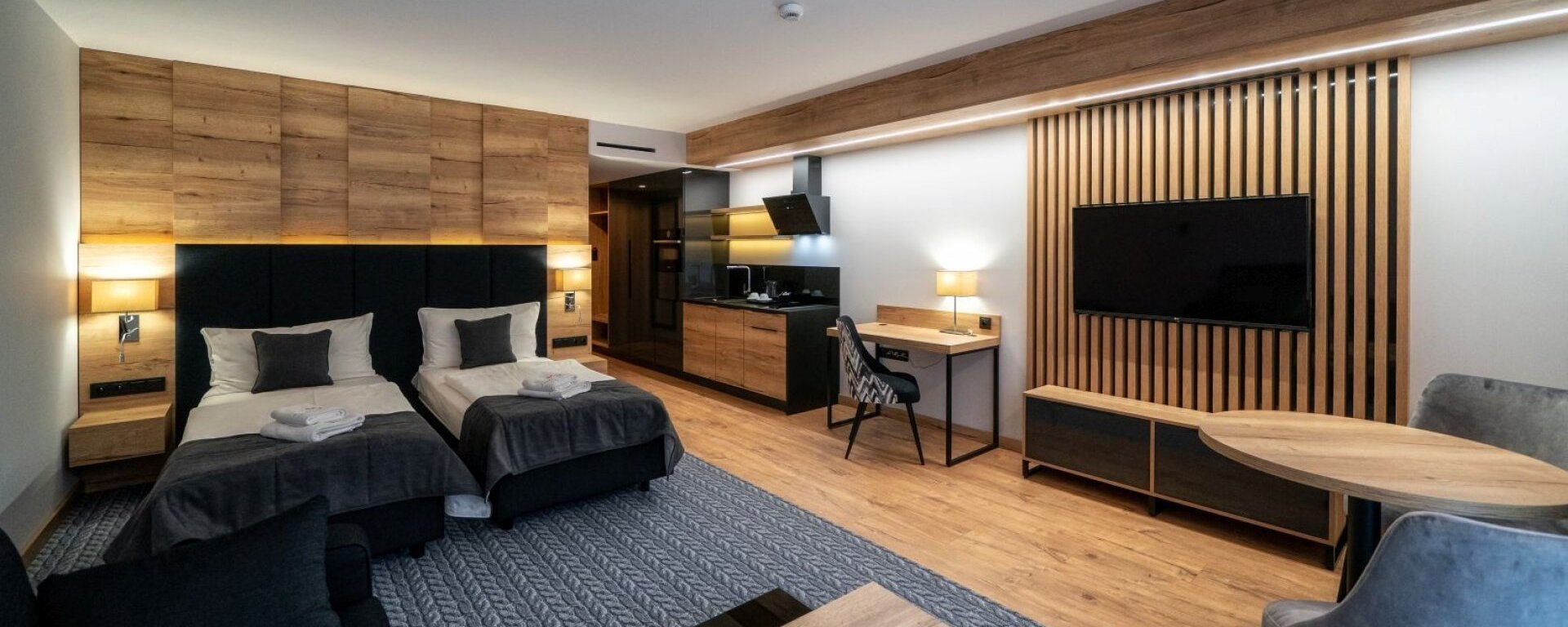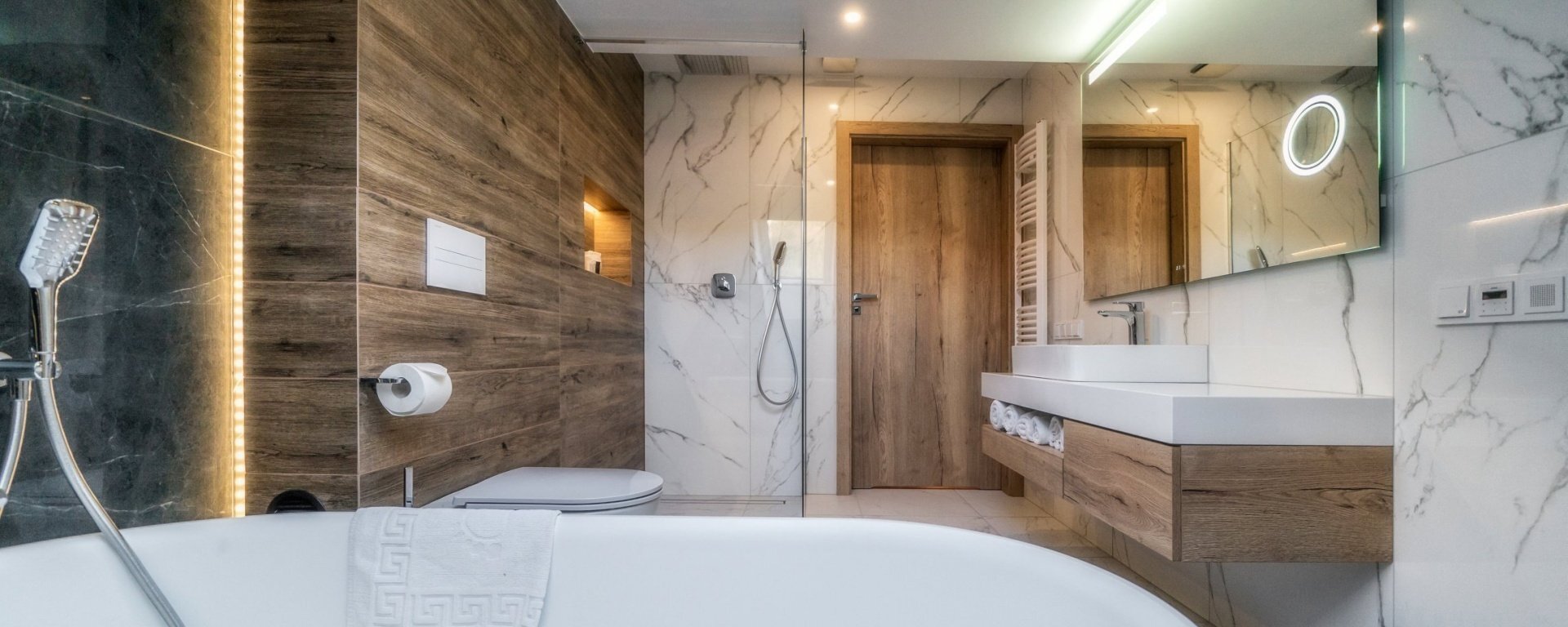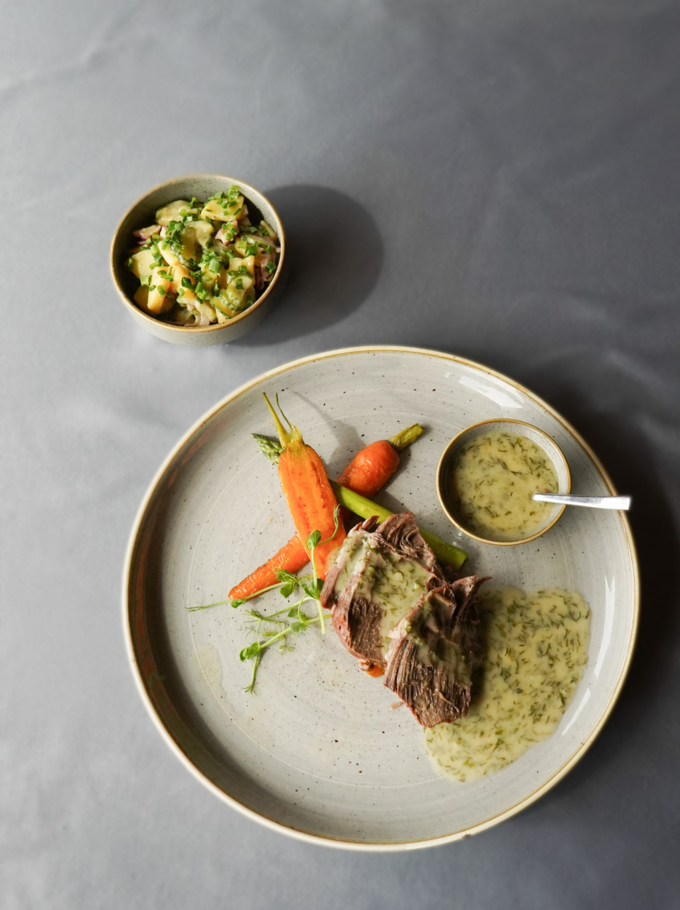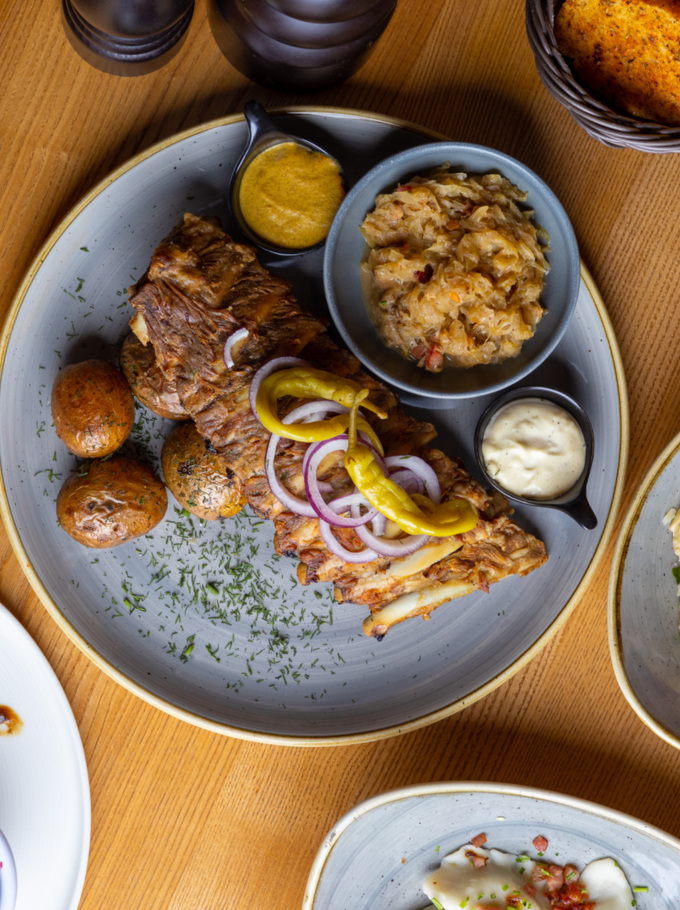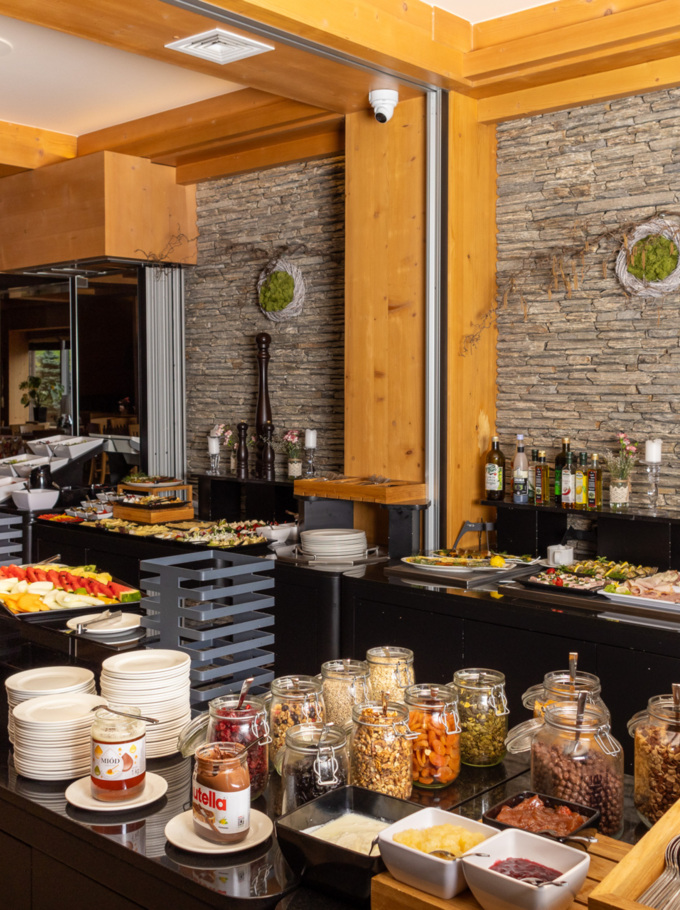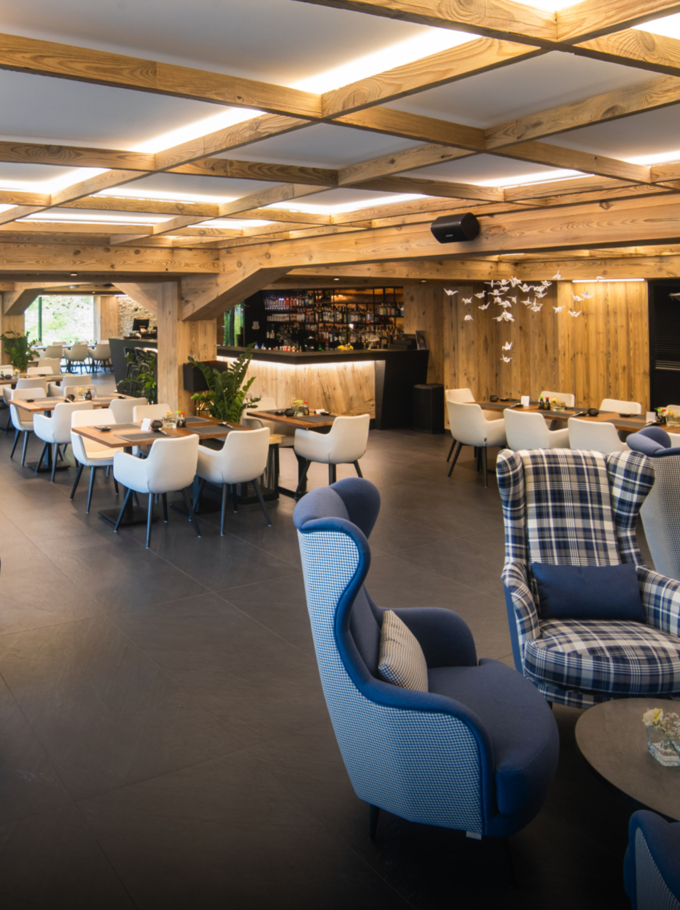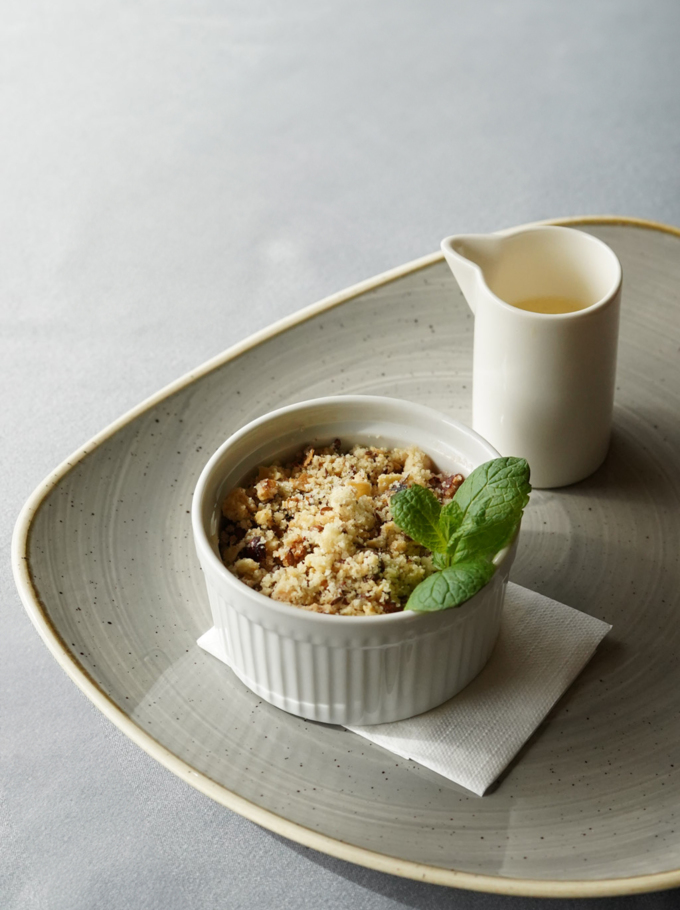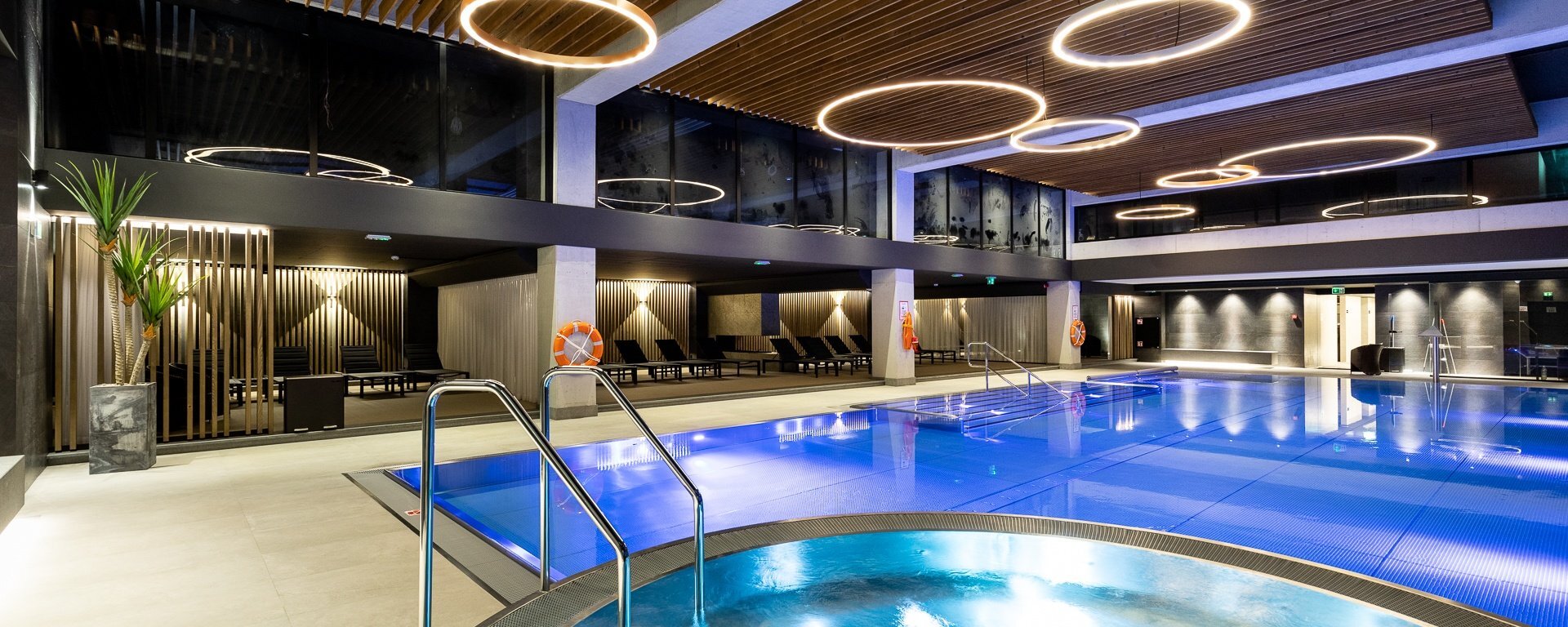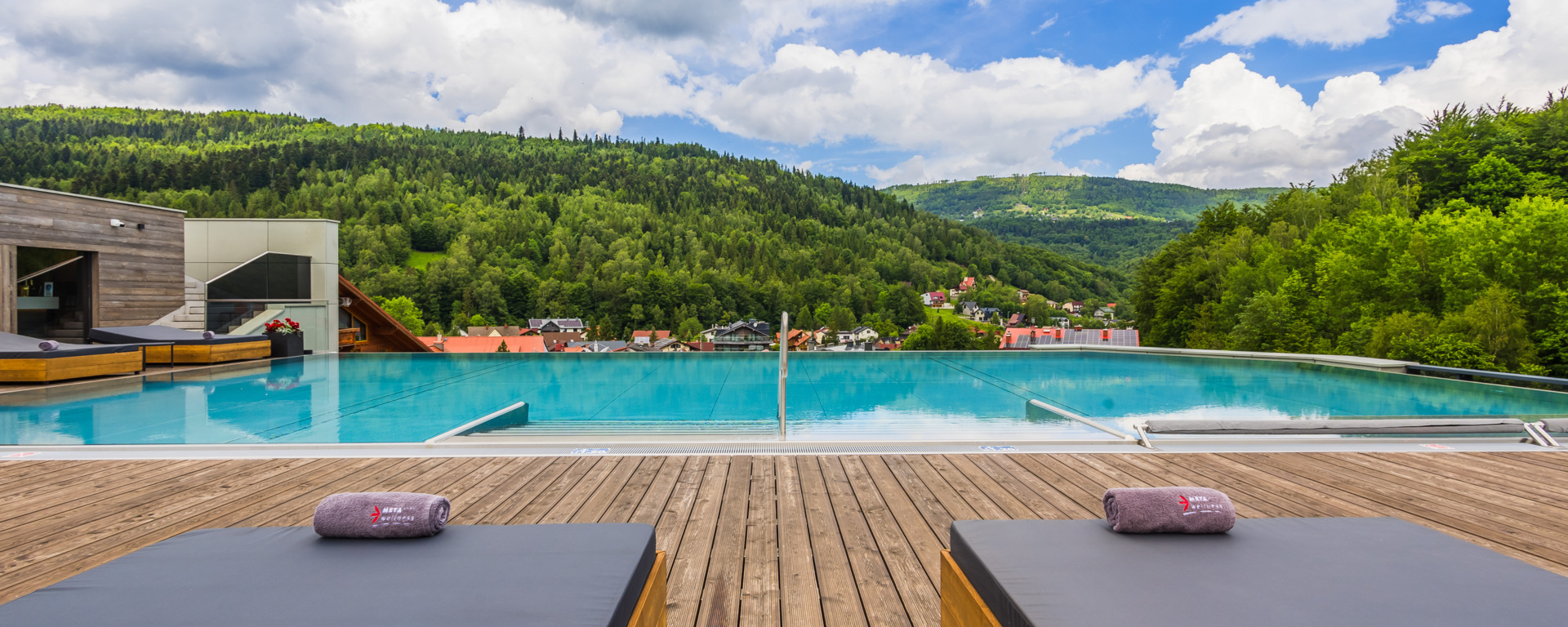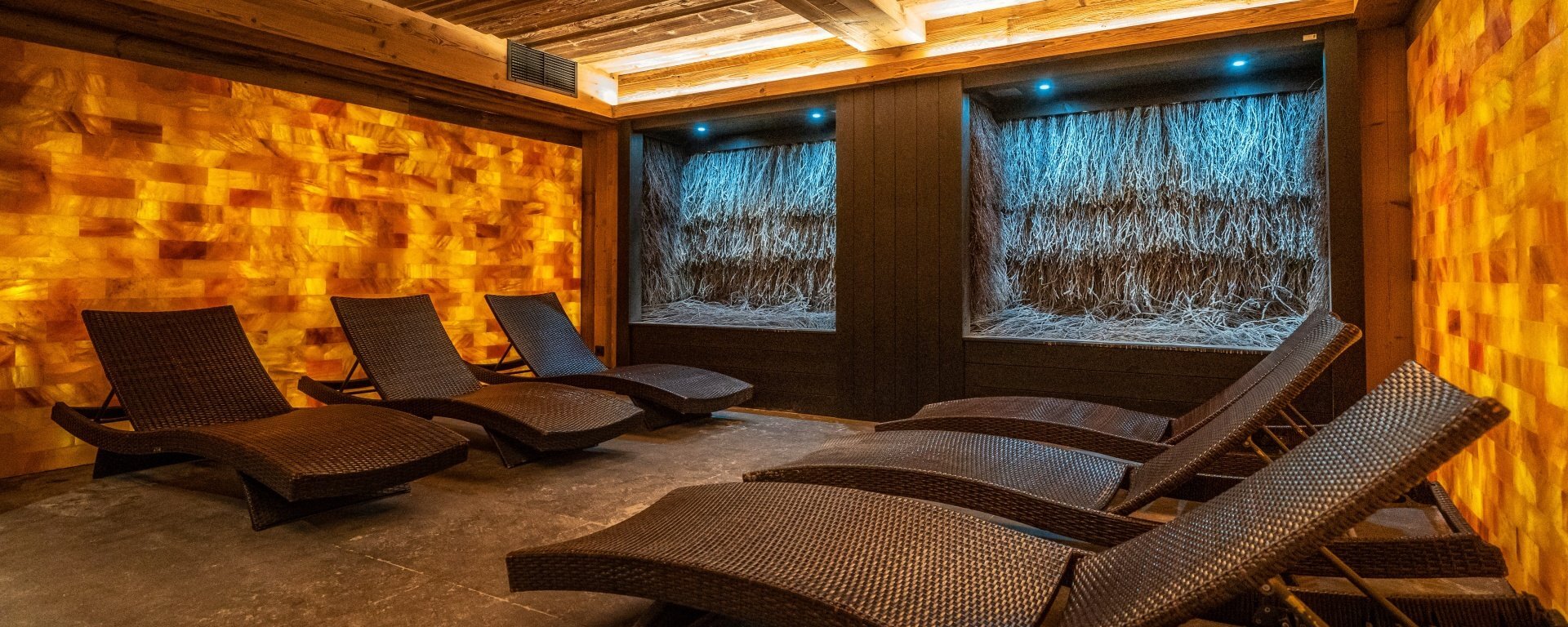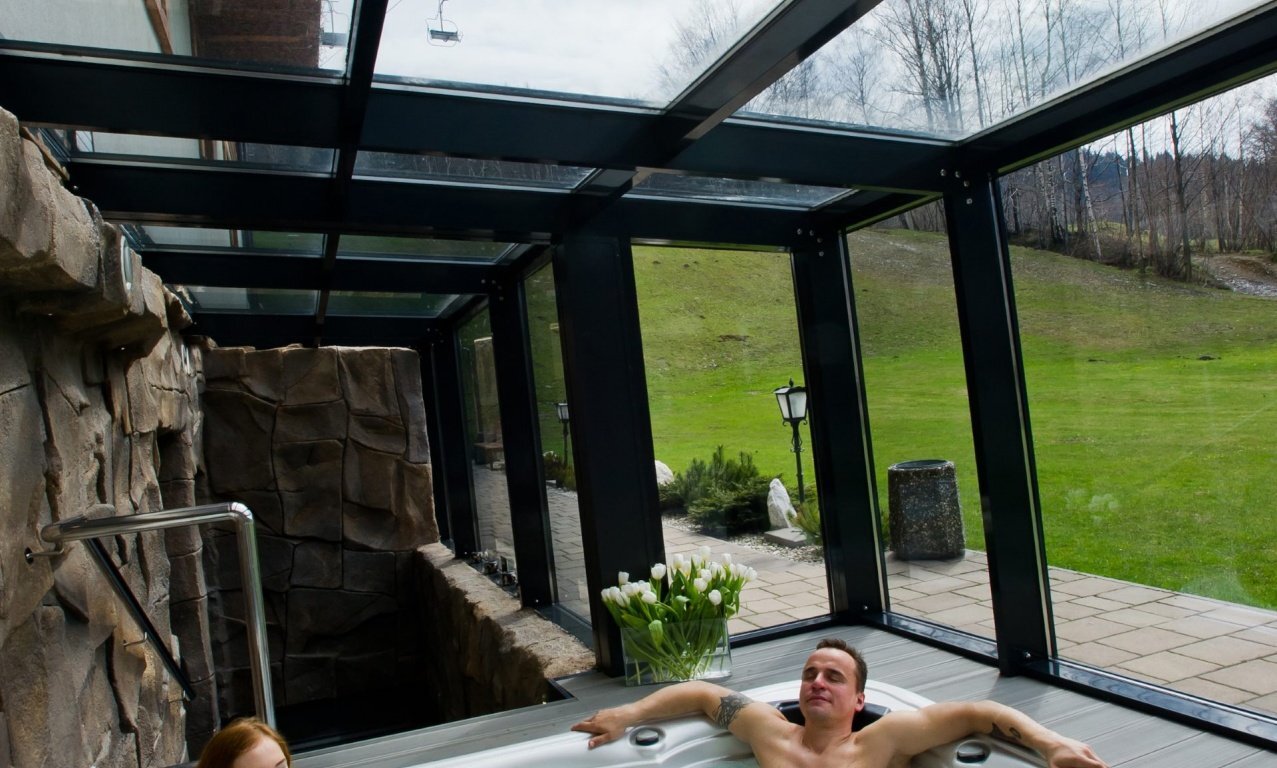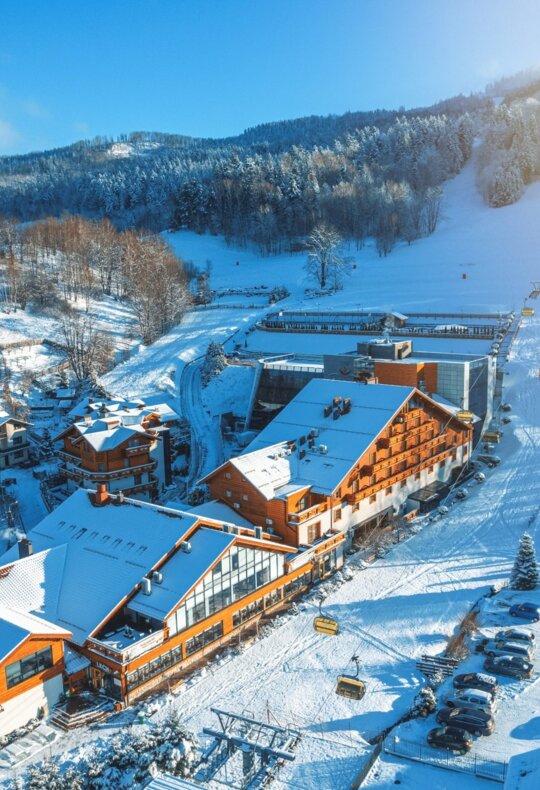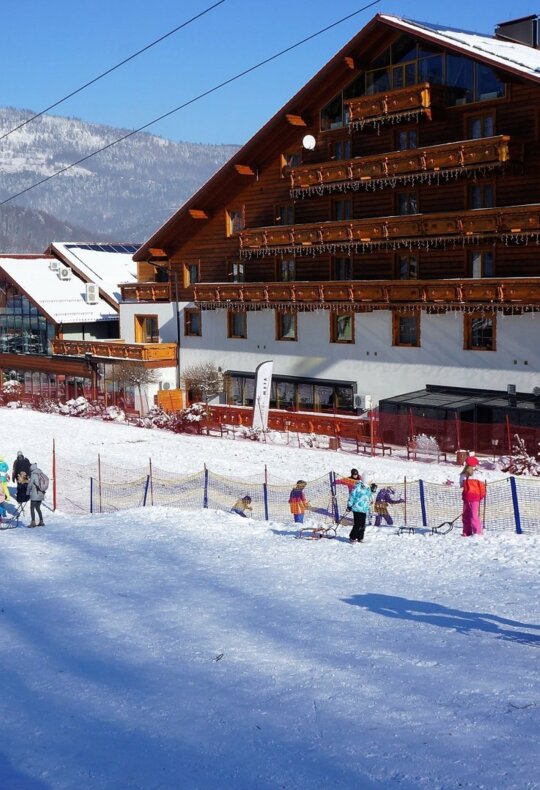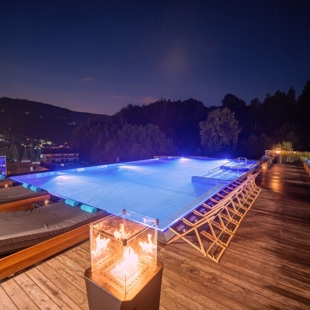Discover the unique META Hotel
Hotel META located in Szczyrk is a unique, four-star resort in the mountains. Our facility is located directly next to the ski slope with a couch lift. The unique mountain area, unforgettable views, top-class service and wonderful atmosphere are some of our greatest advantages.
Conferences and events
Regardless of whether you are organizing a conference, corporate event, integration, gala, discussion panel or the event of a lifetime, we can make it a reality.
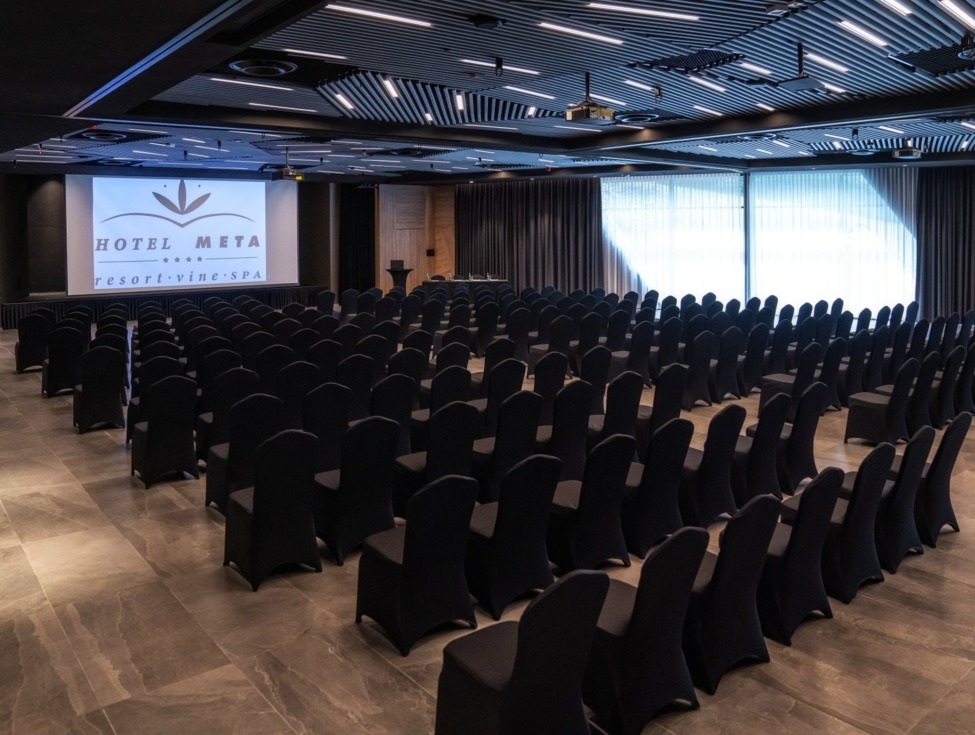

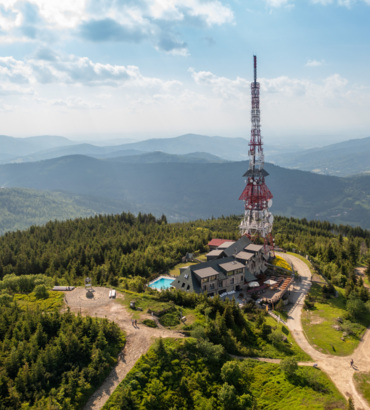
START Skrzyczne
Wyjątkowy obiekt z noclegami, restauracją i basenem na szczycie Skrzycznego!
ZOBACZ WIĘCEJ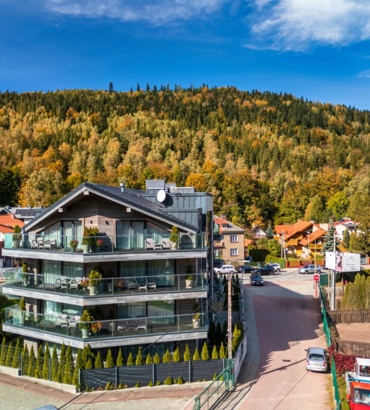
META APARTMENTS
Piękne i komfortowe apartamenty tuż przy Hotelu META z możliwością dostępu do wszystkich atrakcji.
ZOBACZ WIĘCEJ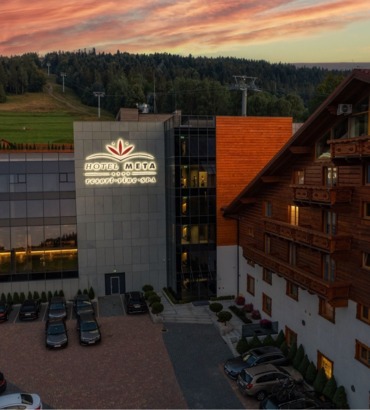
Budynek GŁÓWNY HOTELU
Budynek główny, w którym zlokalizowane są wszystkie atrakcje Hotelu - restauracje, klub, Strefa Wellness, pokój zabaw dla dzieci oraz sale konferencyjne.
ZOBACZ WIĘCEJDolna stacja kolei na skrzyczne
Dolna stacja kolei linowej COS na Skrzyczne (I etap do Hali Jaworzyna, II etap z Hali Jaworzyna na Skrzyczne)
ZOBACZ WIĘCEJ


